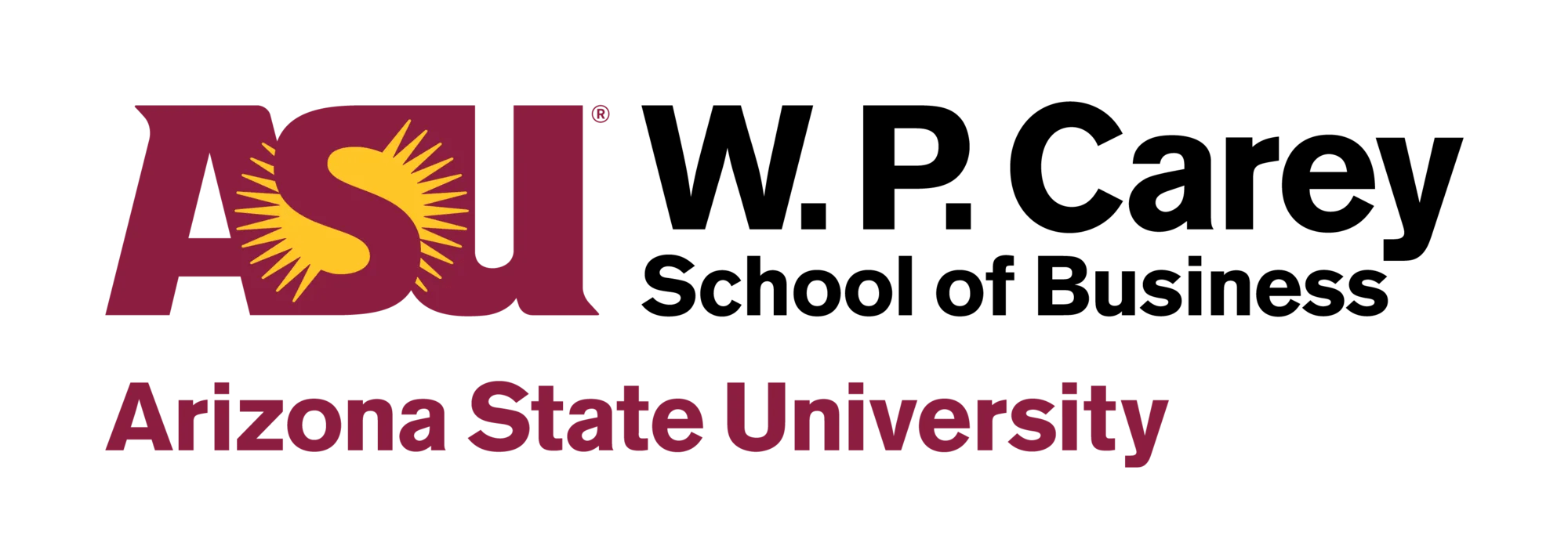ATD Blog
5 Tips for Reframing Workplace Interruptions
Thu Sep 12 2024

Workplace intrusions—when one co-worker stops by another’s desk for social or work reasons, interrupting their task—are often seen as distracting, momentum-killing, and taking time away from work. But if done correctly, some intrusions are beneficial and even energizing.
“We read in the news and books about how bad workplace intrusions are, with co-workers portrayed as ‘time thieves’,” says Mike Baer, an associate professor of management and entrepreneurship at the W. P. Carey School of Business at Arizona State University. “But as authors and researchers, we started to look at our experience. We could think of many situations in which intrusions led to interesting research projects and energized us throughout the rest of the day. So, we questioned whether it was true that intrusions are always bad.”
Baer co-authored a research paper, “To What Do I Owe This Visit? The Drawbacks and Benefits of In-Role and Non-Role Intrusions,” with ASU Professor of Management and Entrepreneurship David Welsh, to investigate the dynamics of various types of workplace intrusions. Their results suggest that intrusions may lead to beneficial employee outcomes in addition to the adverse outcomes previously demonstrated in the literature. Specifically, what Baer and Welsh call “in-role” intrusions—when a co-worker comes by to ask about a project or to hand off a task—reengage employees and sometimes lead to enhanced collaboration, while non-role intrusions, like asking about weekend plans, require greater mental energy to switch between and are more important to limit.
As organizations navigate the transition to hybrid or fully remote work environments, understanding how in-role intrusions can positively influence engagement and productivity is more important than ever. Here are some tips for mindfully leveraging workplace intrusions:
Be aware that trying to avoid all intrusions may cause you to miss out on meaningful benefits. The pandemic has given rise to remote work and situations that are designed to reduce intrusions in many ways, but Baer cautions organizations against policies that cause employees to miss out on the benefits that come from in-person interactions like collaboration and increased engagement.
Think of work-related intrusions as challenges that motivate you to work harder rather than as an unnecessary distraction. Challenge stressors—things like time pressure or workload—require people to expand their capabilities to overcome challenges. In-role intrusions can act as challenge stressors and motivate employees to push harder and be more engaged in their work throughout the day.
Harness the opportunity that intrusions provide to share information and bounce ideas off your co-workers. The benefits of engagement, collaboration, and helping behaviors are often hidden. Baer’s research found that stopping by a coworker’s desk with an in-role intrusion can become an opportunity for positive collaboration between employees.
If you’re a leader, consider implementing work arrangements that facilitate the work-related intrusions that can energize employees and foster collaboration. Seating employees near one another or implementing hybrid work schedules to encourage employees to work in the same spaces can encourage impromptu encounters and feedback that act as challenges to reenergize and focus employees while providing opportunities for natural collaboration.
If you’re intruding on others, save your non-work topics for breaks rather than dropping by your co-workers’ desks unannounced. “I would counsel employees to be aware of when and for what reason they are intruding on their co-workers throughout the day,” says Baer. While discussing things like family or extracurricular activities helps build and maintain relationships, they typically have a negative effect on employees’ immediate job performance and should instead be held during a break.
You've Reached ATD Member-only Content
Become an ATD member to continue
Already a member?Sign In

